Research Themes
Composite Materials
Fibre reinforced composite materials are increasingly used in automotive and aerospace applications due to their high stiffness and strength in combination with low specific weights. One of the key challenges is to gain an increased understanding of the failure mechanisms of these materials: Under what conditions will the material fail and what is its residual strength? This information is useful to design even more efficient but safe lightweight structures and to modify the design of the material itself in order to improve its performance. A good example is the development of braided and 3D woven composites, which combine a high stiffness and strength with an increased ductility.
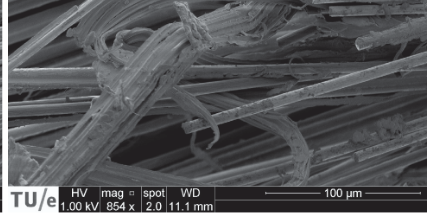
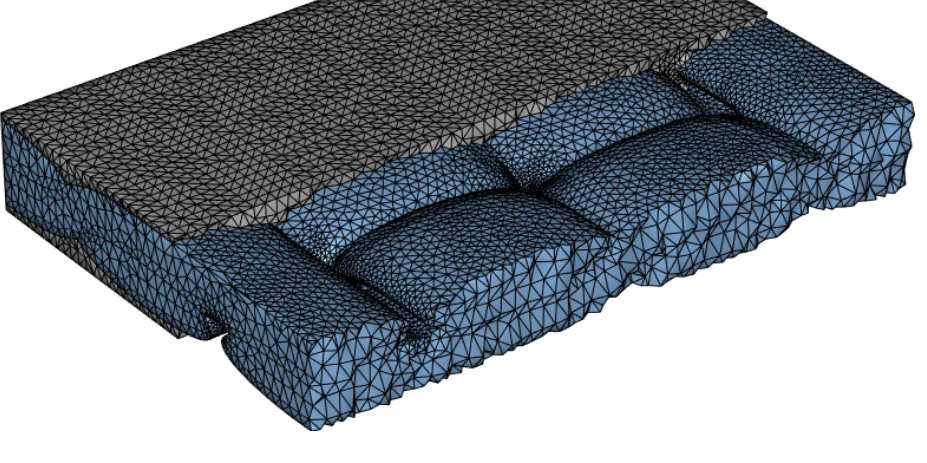
In my group, we develop numerical tools to predict the failure behaviour of woven and 3D interwoven composites. We also design computational homogenisation schemes to incorporate these models as constitutive laws within continuum shell elements, enabling structural-scale performance analysis. To reduce computational costs, we employ advanced discretisation techniques, including the partition of unity method and isogeometric analysis.
Additive Manufacturing
Additive Manufacturing (or 3D printing) is a technique to produce unique products with complex geometries. Due to new innovations in printing concepts and material systems, the list of materials that can be printed is growing constantly. In our group, we study the mechanical properties of these materials as a function of the printing process conditions. By understanding this relation, we aim at improving material properties and printed product quality. We develop multi-scale and multi physics numerical tools to simulate the microstructural evolution of the material and the actual printing process. These models are used in combination with advanced in-situ measurements closed loop control algorithms to improve the quality of 3D printed products.
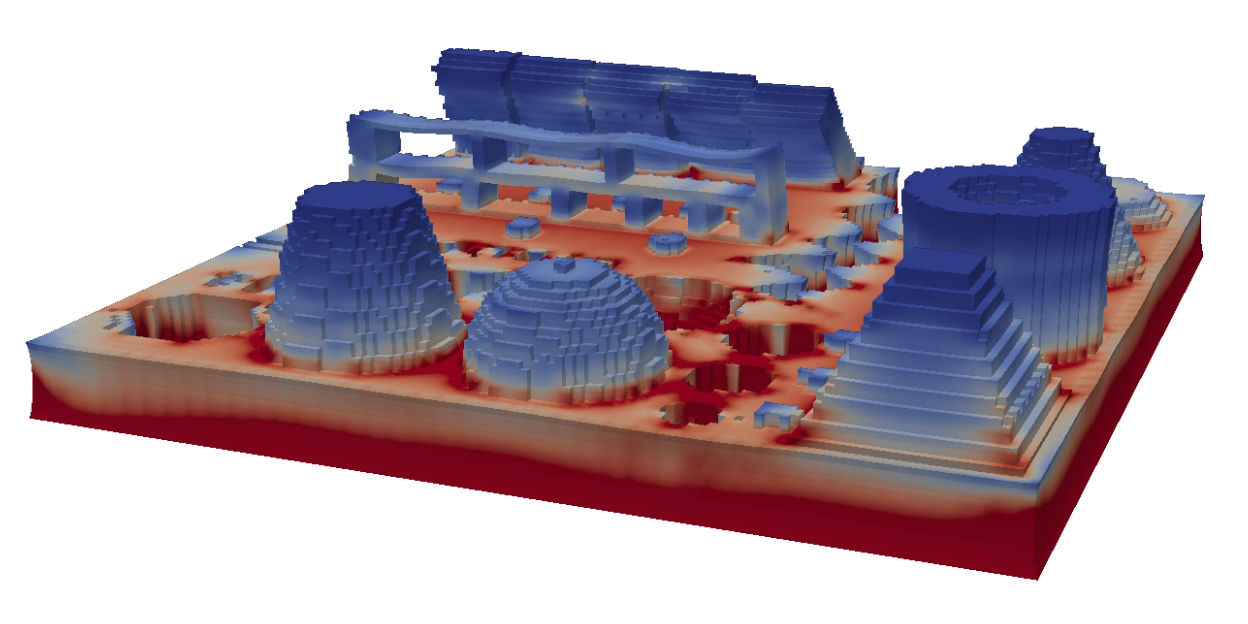

We do not focus on a single material or print technique. We have developed models for bed based printing of metals and ceramics, fff printing of polymers and printed electronics.
Together with Giulia Finotello and Niels Deen of the section Power and Flow we are investigating novel techniques to produce and to deposit metal powder particles for bed based additive manufacturing.
High performance computing
Despite the ever increasing computational speed of computers, there is a demand for more advanced computation schemes to study bigger systems with increasing detail. In the past, the group has developed Partition of unity based cohesive zone models (X-FEM) and discrete dislocation models. Our current research is focused on the development of novel model order reduction techniques and isogeometric analysis.
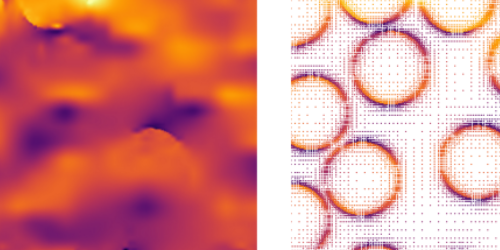
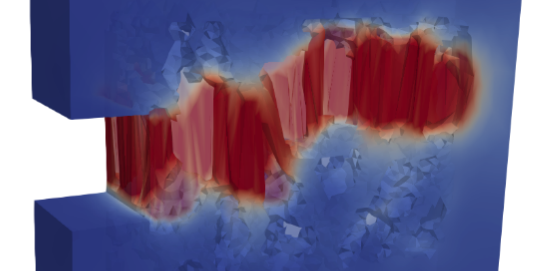
Porous Materials
In collaboration with the Energy Technology Group of David Smeulders, we develop models to predict crack growth in porous media. The main application of this research is the creation of geothermal heat sources, which are produced by injecting water in deep layers of the earth in order to create a network of fractures.
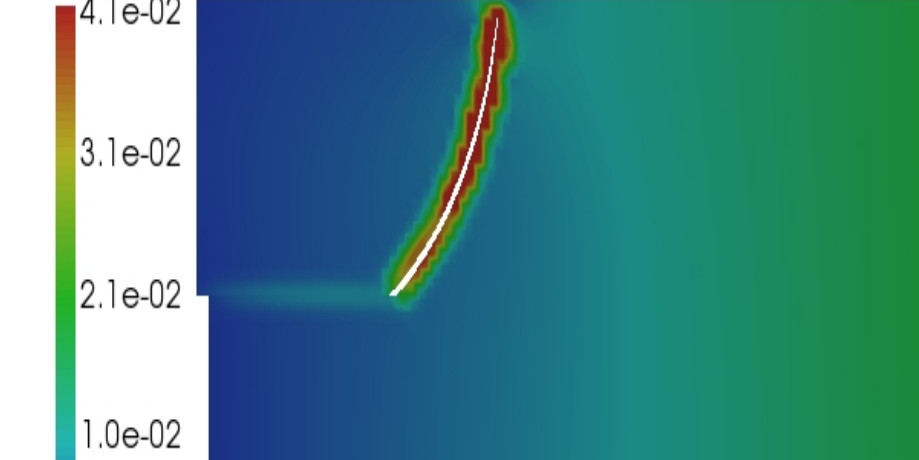

AI in Education
My interest in AI in education began in 2022 while preparing my Scientific Computing course. Early experiments with ChatGPT showed both promise and pitfalls—improved explanation and debugging, but also reduced peer interaction and critical thinking. This led to a formal study with the Eindhoven School of Education, revealing that while students used AI tools easily, learning outcomes did not always improve. Since then, I have focused on researching effective AI integration in teaching, including tutor-like chatbots that prompt reasoning rather than give answers. I invite colleagues to explore how AI can truly support, not substitute, meaningful student learning.
More information here.